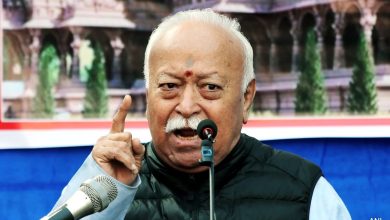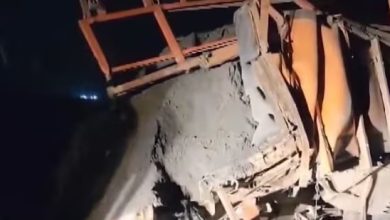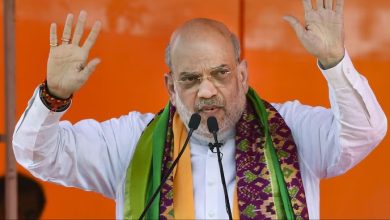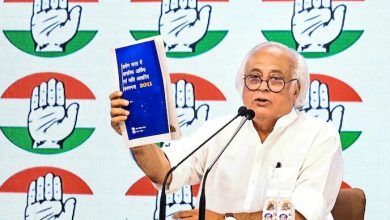India’s Independence involved ‘tapasya’ of countless people: PM

Maintaining that “knowingly or unknowingly, we limit India’s Independence to a few incidents”, Prime Minister Narendra Modi said here on Tuesday that the country’s successful freedom struggle involved the tapasya of countless people and the collective impact of many incidents at the local level was national, which meant means were different but the resolution was the same.
Addressing a gathering after inaugurating the Jal Bhushan Building and Gallery of Revolutionaries at Raj Bhavan here, Modi said: “The means were different but the resolution was the same. Irrespective of social, family, or ideological roles, the place of the movement, whether within the country or abroad, the goal was one – complete independence of India”
Recalling the multi-hued contribution of Bal Gangadhar Tilak, the Chapeka brothers, Vasudev Balwant Phadk, and Madam Bhikaiji Camam the Prime Minister said that the freedom struggle spanned locally as well globally.
Citing the Gadar Party, Netaji-led Azad Hind Fauz and India House of Shyamji Krishna Varma as examples of the global scale of the freedom struggle, Modi said: “This spirit of from local to global is the basis of our Aatmnirbhar Bharat Abhiyan”.
The Prime Minister said that Maharashtra had inspired the country in many fields. “In Maharashtra, there is a very rich legacy of social reformers from Jagatguru Shri Sant Tukaram Maharaj to Babasaheb Ambedkar. Sant Sant Dnyaneshawar Maharaj, Sant Naamdev, Sant Ramdas, and Sant Chokhamela have infused energy into the country. If we talk of Swarajya, said the Prime Minister, the lives of Chhatrapati Shivaji Maharaj and Chhatrapati Sambhaji Maharaj strengthen the sense of patriotism in every Indian even today”.
Modi said that the inclusion of ancient values and memories of freedom struggle in the architecture of Raj Bhavan and praised the spirit of turning Raj Bhavan into Lok Bhavan.
The Prime Minister said that indifference toward unsung heroes continued for a very long time. He cited the example of how it took so long for the great freedom fighter Shyamji Krishna Varma’s remains to reach India. Varma’s mortal remains reached the country when he himself brought them back to India.
Maharashtra Governor Bhagat Singh Koshyari, Chief Minister Uddhav Thackeray, deputy chief minister Ajit Pawar, Leader of the Opposition Devendra Fadnavis, Minister of Public Works Ashok Chavan, Minister of Water Resources Jayant Patil, Minister of Protocol Aaditya Thackeray, LoP (Council) Pravin Darekar, Guardian Minister Aslam Sheikh, Minister of State Aditi Tatkare, Chief Justice of Bombay High Court Justice Dipankar Datta, invitees and officials were present on the occasion.
The Prime Minister witnessed the ‘Kranti Gatha’ Gallery and also visited the historic Devi Mandir in the Raj Bhavan premises. Author and historian Dr Vikram Sampath briefed the Prime Minister about the Kranti Gatha gallery.
Jal Bhushan, new structure of which the Prime Minister inaugurated, has been the official residence of the Governor of Maharashtra since 1885. It was demolished and a new building was sanctioned in its place. The Foundation stone for the new building was laid by the President of India in August 2019.
In the new Jal Bhushan building structure, all distinctive features of the old building have been preserved in the newly constructed building. In 2016, then Governor Vidyasagar Rao, had found a bunker in Raj Bhavan.
The bunker had earlier been used by Britishers as secret storage for arms and ammunition. The bunker was renovated in 2019. The Gallery has been developed in the bunker as a one of its kind museum, to commemorate the contributions of freedom fighters and revolutionaries of Maharashtra.
The gallery pays the contributions of Vasudev Balwant Phadke, the Chaphekar brothers, the Savarkar brothers, Madam Bhikaji Cama, V B Gogate, Naval Mutiny in 1946, among others.





